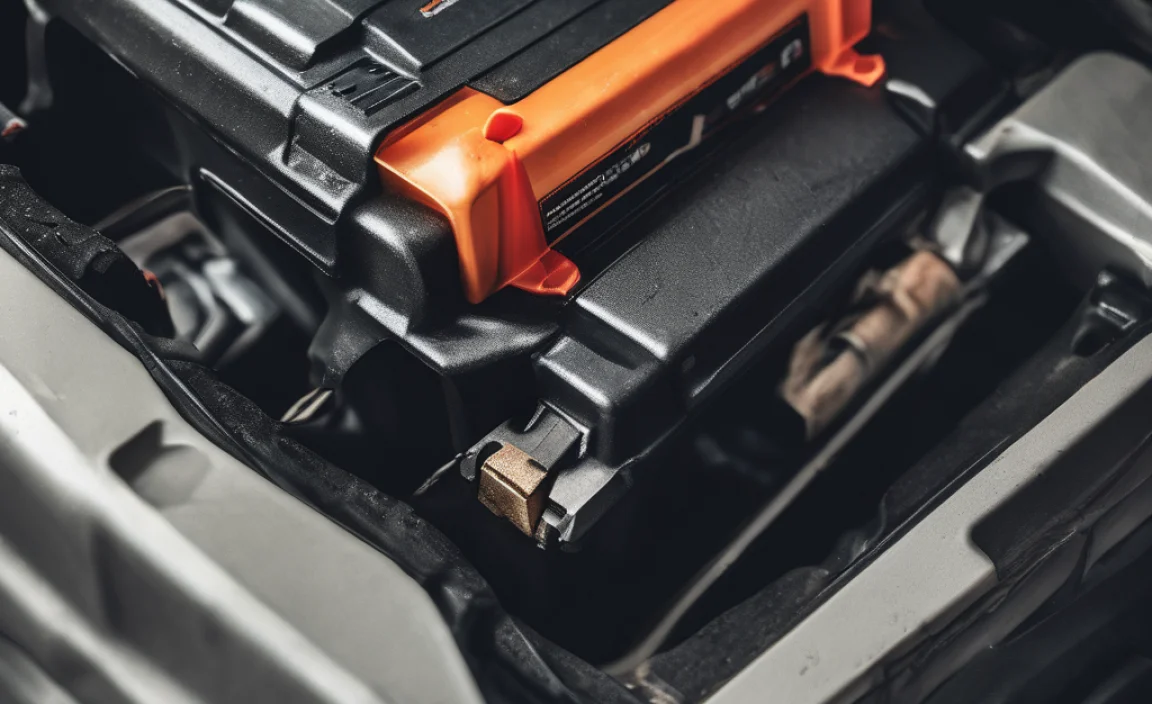Boat starting battery: essential power for your marine adventures. Without dependable power, your vessel remains tethered to the dock, a silent sentinel unable to fulfill its watery destiny. Whether you’re embarking on a leisurely fishing trip, a thrilling waterskiing excursion, or a cross-channel voyage, the humble boat starting battery is the unsung hero of your maritime experience. It’s the silent catalyst that ignites your engine, bringing your boat to life and setting you free on the open water.
The primary role of a boat starting battery is to deliver a massive surge of electricity for a short duration, precisely what’s needed to crank over the engine’s starter motor. Unlike car batteries, which are designed for frequent, shorter bursts of power, marine starting batteries must handle the high amperage demands of a boat engine, often in more demanding environmental conditions. They are engineered for resilience, often featuring robust construction to withstand vibrations, shock, and the corrosive effects of saltwater and humidity.
Understanding Marine Battery Types
When it comes to marine power, not all batteries are created equal. Understanding the different types is crucial for selecting the right starting battery for boat applications.
Starting Batteries (Cranking Batteries): These are the workhorses specifically designed for the task of initiating the engine. They prioritize delivering a high Cold Cranking Amperage (CCA) or Marine Cranking Amperage (MCA) rating. This indicates their ability to start an engine under cold conditions, a crucial factor for boats operating in varied climates. They have thinner plates with a larger surface area to facilitate rapid discharge. While excellent for starting, they are not designed for deep, prolonged discharge and can be damaged if used to power accessories for extended periods.
Deep Cycle Batteries: These batteries are engineered for sustained, low-level power output over longer durations. They have thicker plates that can withstand repeated deep discharges without significant degradation. Think of them as the powerhouses for your boat’s electronics – running lights, fish finders, trolling motors, and galley appliances. Often, boat owners opt for a dual-battery system, using a dedicated starting battery and one or more deep cycle batteries to manage power demands efficiently, ensuring the engine always has the juice it needs to fire up.
Dual-Purpose Batteries: As the name suggests, these batteries attempt to bridge the gap between starting and deep cycle capabilities. They can provide a decent cranking amperage for starting the engine and also offer some ability to power accessories. While a convenient option for smaller boats with modest power needs, they often strike a compromise, offering neither the absolute best starting performance nor the longest deep cycle life compared to specialized batteries.
The Importance of Proper Maintenance for Your Starting Battery
A neglected boat starting battery is a ticking time bomb, waiting to strand you miles from shore. Regular maintenance is key to maximizing its lifespan and ensuring reliable performance.
Cleanliness is Key: Corrosion is the silent killer of electrical connections. Periodically inspect the battery terminals and cable connections. Clean away any signs of white, powdery corrosion using a wire brush and a mixture of baking soda and water. A thin coat of dielectric grease after cleaning can help prevent future buildup.
Check the Electrolyte Levels (for flooded lead-acid batteries): If your battery isn’t a sealed maintenance-free unit, it will have electrolyte levels that need monitoring. The water in the electrolyte can evaporate over time, especially in warmer climates or under heavy use. Ensure the water level covers the plates within each cell. Use only distilled water for topping up, as tap water contains minerals that can harm the battery. Wear protective gloves and eyewear when performing this task.
Ensure a Secure Fit: Vibrations are inherent to boating. A loose battery can suffer internal damage and its connections can loosen, leading to power loss. Make sure your battery is securely mounted in its tray and that the hold-down straps are tight.
Monitor State of Charge: For lead-acid batteries, over-discharging (letting the voltage drop too low) can significantly reduce their lifespan. While starting batteries are not designed for deep discharge, it’s good practice to avoid leaving accessories running for extended periods without the engine on, which recharges the battery. A simple voltmeter can help you keep an eye on the battery’s voltage.
Winterization: If your boat is stored in a climate with freezing temperatures, it’s critical to properly winterize your starting battery for boat use. A fully charged battery is less likely to freeze than a discharged one. Removing the battery and storing it in a cool, dry place, connected to a trickle charger, is often the best approach to protect it from extreme cold.
Choosing the Right Starting Battery for Your Boat
When it’s time to replace your starting battery for boat applications, consider these factors:
Engine Requirements: Consult your boat’s owner’s manual or engine manufacturer specifications for the recommended battery type and specific cranking amperage (CCA or MCA) required. Over-specifying isn’t necessarily better, but under-specifying will lead to poor starting performance.
Physical Size and Terminal Configuration: Ensure the new battery will physically fit in the battery compartment and that the terminal posts are in the correct orientation for your existing cables.
Battery Chemistry: While flooded lead-acid is common and cost-effective, consider Absorbed Glass Mat (AGM) batteries for improved vibration resistance, faster charging, and better performance in extreme temperatures. Lithium-ion batteries are the premium, lightweight, and long-lasting option, but come with a significantly higher price tag and require a compatible charging system.
Warranty and Brand Reputation: Look for batteries with a solid warranty and a history of reliability from reputable manufacturers.
Investing in a quality boat starting battery and maintaining it diligently is not just about keeping your boat operational; it’s about ensuring your safety, reliability, and the sheer enjoyment of your time on the water. It’s the first crucial step in unlocking the freedom and adventure that boating provides.

